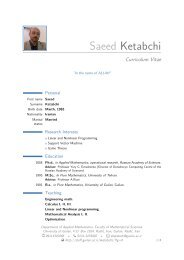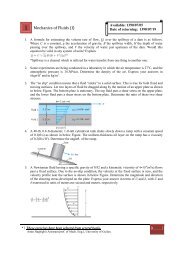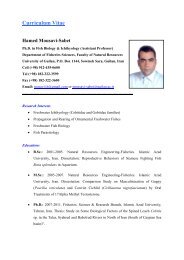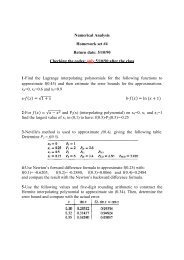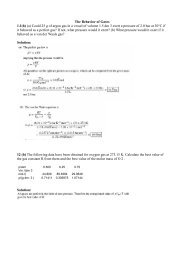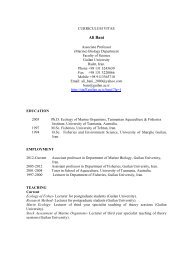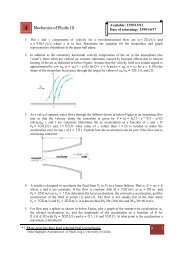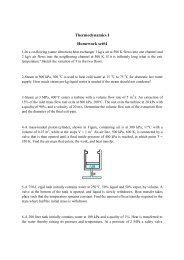Medical Tourism in Developing Countries
Medical Tourism in Developing Countries
Medical Tourism in Developing Countries
- No tags were found...
You also want an ePaper? Increase the reach of your titles
YUMPU automatically turns print PDFs into web optimized ePapers that Google loves.
Plastic Surgery is Not Peanuts ● 37grow<strong>in</strong>g across the world. In other words, tourism has a high <strong>in</strong>come elasticityof demand, as it is a service whose demand is very responsive to <strong>in</strong>creases<strong>in</strong> <strong>in</strong>come. For that reason develop<strong>in</strong>g countries rushed onto the tourismbandwagon. Just how lucrative could this new bus<strong>in</strong>ess be? That dependedon the elasticity, so numerous studies of tourism set out to calculate <strong>in</strong>comeelasticity. 61 One study found the <strong>in</strong>come elasticity of demand for foreigntravel to be 3.08, imply<strong>in</strong>g that when <strong>in</strong>come rises, demand for foreigntravel rises faster. Another study found that, although travel demand is elastic,there is a difference between short distance and long distance travel. 62In addition to <strong>in</strong>come, consumption of tourist services varies with price.Just how sensitive are tourists to changes <strong>in</strong> the price of foreign travel? Howmuch does price have to <strong>in</strong>crease <strong>in</strong> order for them to forgo their trips? Theanswer to these questions lies <strong>in</strong> the price elasticity of demand: the higherthe elasticity, the more sensitive tourists are to price changes. Elasticity isdependent on a variety of factors. Among these is the nature of the good <strong>in</strong>question: is it a luxury or necessity? Clearly travel is not a necessity,although, <strong>in</strong> high-<strong>in</strong>come economies, it undoubtedly appears more frequently<strong>in</strong> the consumption function. Also relevant is the relative importanceof the product <strong>in</strong> the <strong>in</strong>dividual’s budget: the higher the importance,the higher the price elasticity (S<strong>in</strong>clair and Stabler have shown how the relativeand absolute importance of tourism <strong>in</strong> people’s expenditure budgets hasrisen dramatically 63 ). The price elasticity also depends on the time availablefor travelers to adjust to price changes. Houthakker and Taylor studied U.S.consumers and found that price elasticity for foreign travel was highly <strong>in</strong>elastic<strong>in</strong> the short run (0.14) and became elastic <strong>in</strong> the long run (1.77). 64Therefore, by specializ<strong>in</strong>g <strong>in</strong> tourism, low-<strong>in</strong>come countries can, <strong>in</strong> thewords of S<strong>in</strong>clair and Stabler, “escape from the low product quality, lowexpenditure and low <strong>in</strong>come pattern which generally constra<strong>in</strong>s their development.”65 They go on to suggest that growth differences between moreand less developed countries (accord<strong>in</strong>g to which the former produce goodswith high <strong>in</strong>come elasticity and the latter those with low <strong>in</strong>come elasticity)often become self perpetuat<strong>in</strong>g, and tourism offers a way to break out ofthat cycle.Is that cycle more easily broken when the tourism <strong>in</strong> question is medicaltourism? The answer is unequivocally yes. Although it has some dependencyissue components, medical tourism enables countries to participate <strong>in</strong> the<strong>in</strong>ternational economy with exports whose demand is grow<strong>in</strong>g even fasterthan for general tourism. Indeed, the <strong>in</strong>come and price elasticity of demandfor medical tourism are not only different than for peanuts, they are alsodifferent from those of nonmedical tourism. This occurs because higher<strong>in</strong>comes translate <strong>in</strong>to <strong>in</strong>creased discretionary <strong>in</strong>come, some of which will






